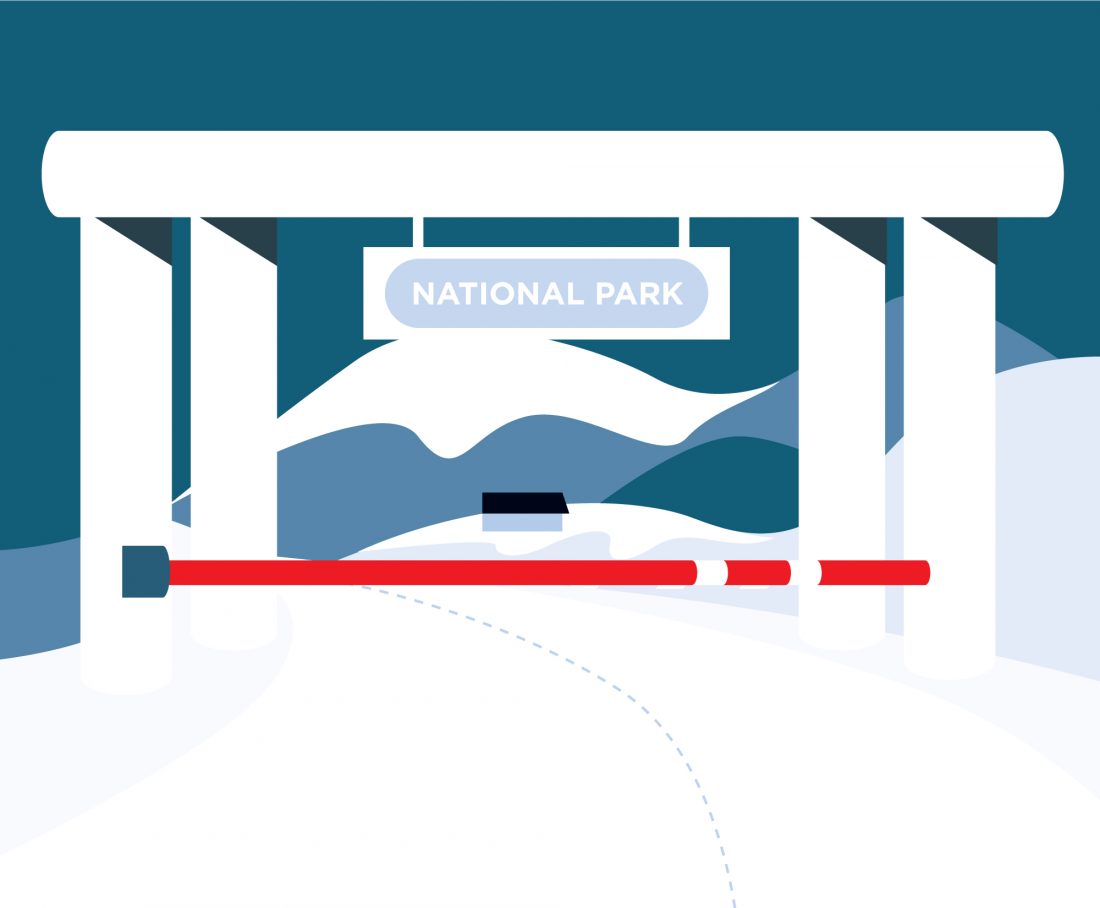
Choice Architecture: Designing the conditions where doing the right thing is easy
We often use rules and regulations as a way to administer good behavior. We put up road signs, enforce laws, and create codes of conduct for organizations, schools, and sports teams. We tell people how to behave. And we expect them to follow suit. Every. Single. Time. But we all know humans are flawed, and external conditions and personal decisions cause us to break the rules and “do the wrong thing.”
The strategy of telling people what to do seems to fail more than it succeeds. And there is a reason for that. Telling people what to do isn’t a good way to motivate people.
Rather than telling people what to do and expecting them to change their habits and customs, is there a better way to enforce behavioral change?
What is Choice Architecture?
In 2012, an experiment was conducted at a hospital cafeteria in Boston, Massachusetts. Anna Thorndike, a primary care physician, wanted to know if rearranging the products sold in the cafeteria could encourage healthier eating. In the study, Thorndike changed the layout of the cafeteria by placing healthier products at eye level and strategically positioned water closer to the natural flow of traffic while moving sodas to the edges of the room. The results: A drop in soda sales by 11.4 percent, and an increase in water sales by 25.8 percent. They call this strategy choice architecture. By creating the conditions for success, they changed people’s behaviors.
The study not only shows that our environment influences our behavior, but it also demonstrates that if we want to change how people do things, we have to strategically make it easier for them to choose the right behavior.
Make it easier to do the right thing. Or harder to do the wrong one.
Examples of Choice Architecture
Most recently, we’ve seen this tactic intended to decrease the spread of the corona pandemic. Practice social distancing. Don’t go outside. But instead of trying to get people to understand why they shouldn’t go outside, we should make it less attractive to do so. You can tell people to stay home. Or you can close restaurants, parks, and ski slopes so there is less incentive to leave the house. By making it less attractive to do one activity, we change behavior.
And it works the other way. By making it easier to do something, more people will start doing it. Rather than just telling people to wash their hands, we should try harder to make handwashing more available to people. We should work to make sure that every human being has access to clean water, and where water isn’t a problem, we should buy good smelling soap to encourage people to use it more.
Examples of choice architecture are everywhere. When it comes to telling vs. making it hard to do the wrong thing, speed bumps are a good example. We can put up a sign that says: drive slow. Kids live here. Effective sometimes. But not as effective as installing a speed bump that forces people to slow down.
It is not just our physical environments that need to consider choice architecture. It also applies to our digital spaces. As marketers and designers, we’re constantly looking for ways to help our clients connect with customers, donors, and supporters. But with the amount of information out there, incentivizing action becomes harder every day. With this challenge in mind, the theory of choice architecture becomes even more relevant. Instead of telling people to take an action by simply asking them to “sign up” or “donate,” we must make it easier for them to do so. By designing user-centric experiences, reducing friction, and making our messages as clear and to the point as possible, we make it easier for people to perform the action. We shouldn’t just tell people to take action. We should make it as easy as possible to do so.
Putting it into practice
The theory of creating conditions for good behavior makes sense in theory. But it is harder to execute in practice. Often, we enforce rules and punishments for bad behaviors rather than create environments where choosing the right path is easier. While education is an important part of understanding why we should do one thing over another, we can’t rely on education alone if we want to create healthier and happier communities and people. If we want people to choose the right thing, we must make it easier for them to make those decisions.
In the cafeteria example, they could have just as easily told people that soda is bad, and explained the health risks. But we have all seen this method tried and failed over and over again. As humans, we are all creatures of habit. This fact is something that we need to consider if we want people to change the way they do things. And maybe, just maybe, instead of telling people what to do, we should create environments conducive to change.
Want more inspiring content in your inbox? Join our newsletter.